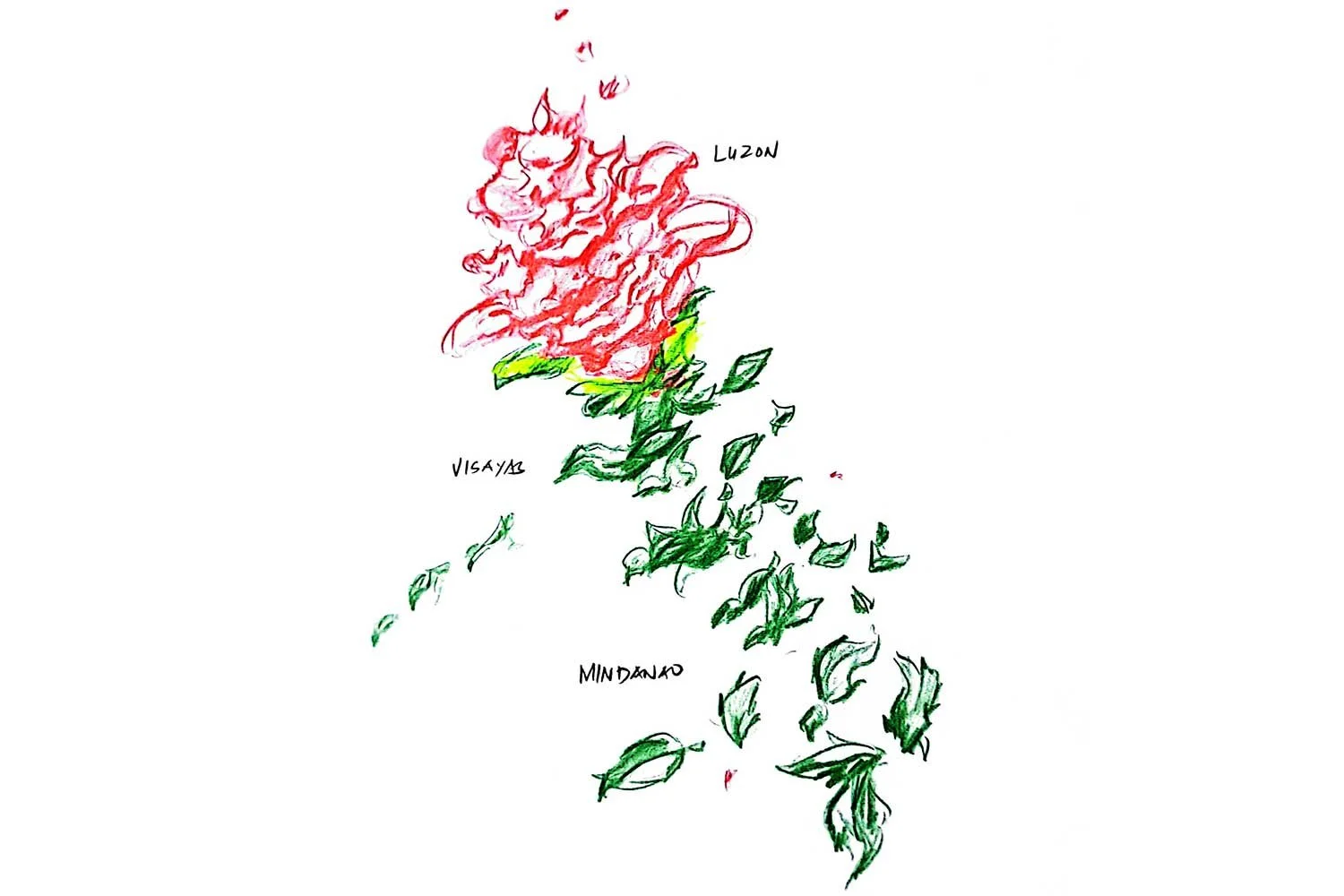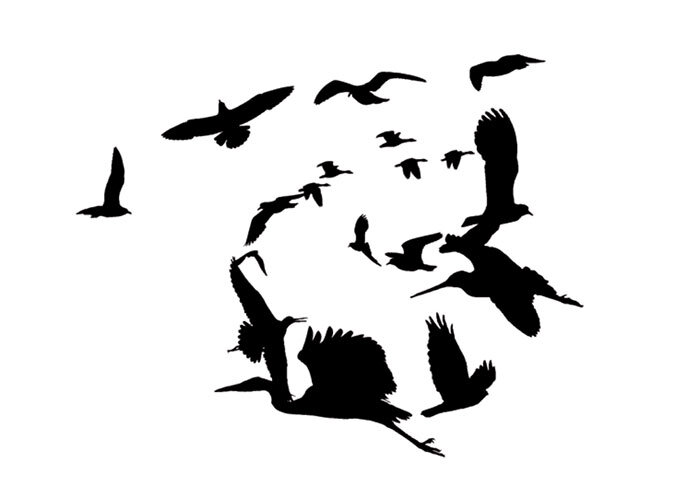Subjective mapping of Hainaut
Autumn 2012 — Autumn 2013
The recognition of nineteen sites and events as UNESCO World Heritage was the trigger for the Province of Hainaut to ask Subjective Editions to realise a Subjective Atlas of Hainaut. Based on the works in the atlas we developed a unique exhibition at Espace Wallonie Brussels and Office du Tourisme in Tournai.
Timeline of the process of making this atlas, October 2012-October 2013
At first glance, the request seemed complex because the starting point was deviated in comparison to the other atlases. With the subjective atlases, political entities are examined from everyday and personal experiences. The question was now in fact reversed. The point of departure would be the exception, namely the high points of the cultural heritage. However, how can one examine what it means when a place, building or ritual is assigned to the world heritage list, and thereby protected and distinguished? By the same token, can the current and furthermore personal significance be preserved? What traces does this layered heritage leave behind in the present day?
Workshops for representatives of UNESCO sites and citizens of Hainaut, Grand-Hornu Images, Winter 2013
We have addressed these issues through various workshops with the representatives of those places who, in turn, had invited residents, artists and designers. They shared with us unfamiliar stories about the unique biotopes of the pit heaps, about wedding photographs taken on the sites, the loving to and fro of missives between a Greek inhabitant and her husband in Bois-du-Luc, tales about the carnival in Binche and the wave of births nine months later. We also became familiar with the order and transfer of materials and trades around the traditional production methods driven by the restoration of the cathedral and boat lifts.
Workshop at la Louvière, individual talks and visits at Bois-du-Luc, Spring 2013
In collaboration with all those involved, we processed the – often spontaneous – observations, analyses, designs and maps into visual contributions to this atlas. Together they offer on the one hand a random, incomplete and subjective view of Hainaut; yet on the other hand constitute a concise tour to the very core of the Province, and touch on the soul of what makes this reality specific – both in its grandeur and its tragedy. Moreover, as an almost self-evident response to what at first seemed such a complex question, the disarming, sensitive and at times razor-sharp contributions flowed generously in.
Atlas subjectif du Hainaut, du point de vue du patrimoine mondial de l’Unesco, Espace Wallonie, Brussels, February – March 2014
This means that the Subjective atlas of Hainaut presents a poetic form of anthropology, in which the human scale is central. The atlas transcends the nostalgia, goes beyond the led politics and shows a completely different from the known tourist image – because often closely intertwined in a surrealist reality which exceeds its own borders.
Acknowledgements
With the support of
Commissariat général au Tourisme de la Région wallonne, Province de Hainaut, Fondation Grand-Hornu, Hainaut Culture Tourisme via la Fédération du Tourisme de la Province de Hainaut ASBL, la Région wallonne via le CGT.
Production
Féderation du Tourisme (Catherine Berger), Fondation Grand-Hornu (Marie Pok), Service de communication de la Province de Hainaut (Joël Delhaye)







































